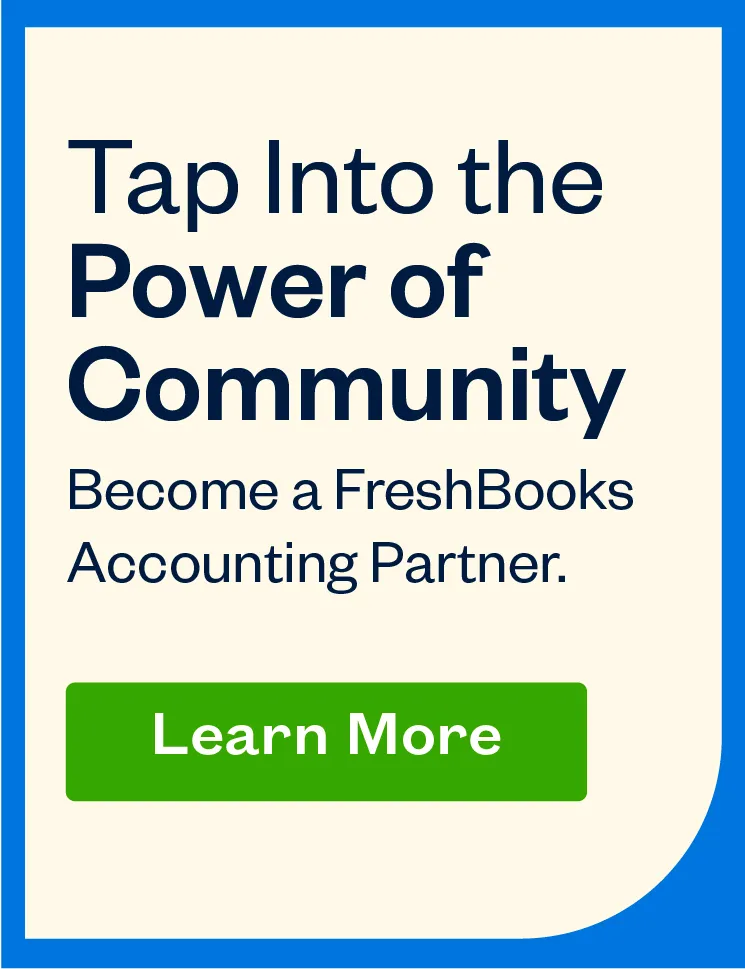Learn how to bring relationship-building into every stage of your client management process.

Are you making the most of your client relationships? As an accounting professional, it’s far too easy to get sucked into only focusing on the accounting work at hand. But, when was the last time you thought about your firm’s client management process?
When it comes down to it, the way you manage clients makes the difference between satisfied customers and unhappy ones. Increased client retention, a higher likelihood of referrals, and working together more efficiently are just a few benefits of getting on the same page as your clients. Read on for tips on how to give your entire client roster the VIP treatment and strengthen your business at the same time.
Table of Contents
What Is Client Management vs. Client Relationship-Building?
Simply put, client management is the entire process of how you work with your clients—from prospecting, to onboarding, and to how you continue to manage your work with them. Relationship building is a little more human and is all about creating a genuine connection with your clients. If you really want to wow your clients, try incorporating relationship building throughout each stage of the client management process.
Why Is Client Management Important?
Aside from the fact that it costs 5 to 12 times more to find new clients than to retain the ones you have, there are many clear benefits to creating meaningful connections with your clients.
A trusted and mutually respectful client relationship is part of the formula for success, especially when it comes to accounting and bookkeeping. Company finances can be stressful for your small business clients. Showing that you care helps establish trust, which goes a long way for client retention and building customer loyalty. Remember: loyal customers are loyal for a reason.
How to Instill Relationship Building Into Client Management
Building relationships is one of those client management skills that’s seriously hard to master. Although it comes more naturally to some than others, at the end of the day, putting in the effort is what matters most. The harder you try, the better you get. This post walks you through how to ensure client satisfaction on your journey as both a client manager and relationship builder.
Figure Out What Works for You
The more you know about how you want to work and who you want to work with, the better you’ll be at recognizing clients who are the best fit for your business.
In any relationship—personal or professional—problems arise from unclear expectations. Being transparent right from the beginning can help nip this in the bud. Determine:
What Kinds of Services Do You Want to Provide?
Some accounting professionals are generalists, others specialize in tax. Some do payroll and some don’t. There’s no right or wrong. What’s important is making the commitment to the services you plan to offer.
How Do You Plan to Deliver Your Services?
With cloud-based accounting software and tools, like FreshBooks, you have the option to work in-person, online, or a combination of both. You also get to make the call on whether you’d like to handle most of the accounting and bookkeeping tasks or take a collaborative accounting approach, where the client does some of the everyday processes, and you add value through advisory services.
What Is Your Definition of an Ideal Client?
There are quantitative and qualitative components to identifying your ideal clients. Qualitative factors include the size of the business, industry, income, location, and other tangibles. Qualitative components, on the other hand, are a bit more subtle, like their working style and their perspective on working with an accounting professional. Sometimes it even comes down to personality types.
Make Client Discovery Part of Your Onboarding Experience
Client management and relationship building begin the moment potential clients reach out. Your initial consultation phone calls and early touchpoints, like intake forms, are the perfect chance to confirm that the client matches your essential criteria. It also gives you the opportunity to delve deeper, learn each client’s unique story, and begin to establish trust.
Getting to know your client is about more than understanding the financial ins and outs of their business. Take the time to ask questions that will help set up good client relationships, including finding out about their:
- Personal and professional journey. What inspired them to start their business? What’s their vision for their company’s future? What else is happening in their personal life that may also affect the business?
- Challenges. Ask about their financial and operational pain points and which ones they feel are causing them to lose sleep. What’s stopping them from overcoming their challenges?
- Comfort level. Are they confident when they speak about their business and its financial health, or do they seem uncertain? Are they more anxious or weary when they discuss certain topics?
- Expectations. Are they looking to grow and scale or just steady the course? Do they just want you to help balance the books, or do they want the added value of advisory services?
- Experience working with accounting professionals. Have they worked with an accounting professional before, and what was this experience like? If they have, what did they like and dislike? If they’re new to the entire process, what would they like to know more about?
During onboarding, you should also take the time to share your expectations with the client first through conversation, then by following up with a document that outlines these terms.
Set Up Your Clients With the Right Tools
Ideally, the tools you help your clients set up for their business should offer you value, too. When it comes to accounting software, the software vendors you partner with are like an extension of your team. FreshBooks is built for owners and their accountants.
Benefits for Your Clients
The platform is easy for small business owners to use to send invoices, track expenses, and it can be used as a project management tool through Projects. Everything from the way the software is laid out to how it works was built to be easy for entrepreneurs to use and understand.
FreshBooks is ideal for small, growing businesses that are service or project-based and light on inventory and assets. This can include trades and home services, marketers and creatives, IT and development professionals, legal and consulting services, health and wellness, education, and professional services.
Benefits for Accountants
From an accounting perspective, FreshBooks is a good choice if you plan to work collaboratively with clients or have them manage some or all of their day-to-day accounting. Joshua Lance, CPA, even said that his clients don’t realize they’re doing accounting work when they’re using FreshBooks because they just see it as a tool to run their business.
It also integrates with hundreds of applications, including tax, payroll, and e-commerce tools that can further help your clients streamline their processes and keep their books up to date.
For accountants and bookkeepers looking to network or level up their skills, the Accounting Partner Program is worth checking out. The program gives accounting professionals access to a team of dedicated Accounting Specialists, an on-demand training library, and connects them to a community of like-minded professionals—all of which can help you improve your service offering and, in turn, happy clients. Partners can also have the dual Accountant-Admin role activated within the software to enable greater visibility and collaboration within the software.
Establish Clear Processes and Workflows
According to experts, establishing well-defined boundaries and natural consequences builds trust. Determine which parts of the day-to-day accounting the client will own and which processes you’ll manage—keeping in mind your goals along with your client’s needs and expectations. Back these up with timelines for when specific reports will be run or functions completed. Be clear with your clients to ensure they know when action is required on their end.
Schedule Regular Check-Ins
Whether it’s with existing clients or those newly added to your roster, it’s important to set aside time for regular check-ins so your client feels supported. These client calls provide space for you to review their accounts and reports, let them ask questions, and stay connected. They can also be a platform for honest feedback from either side. Here are a few things to discuss in your meetings:
- Check-in. Start by seeing how the client is doing both personally and professionally.
- Follow up. Circle back to any outstanding items from the previous check-in or recent conversations. If it’s a new client, ensure everything is going as expected.
- Main agenda items. The talking points that relate to your client’s business, their challenges and expectations, and your relationship.
- Wins! Take a few minutes to celebrate successes big and small. (Newer clients may appreciate a few examples or prompts.)
- Next steps. These include action items to be completed and key priorities to be followed up on at the next check-in.
Communicate, Communicate, Communicate
Just as relationship building is at the core of effective client management, communication is key in personal and professional relationships. Your communication process should allow for varying communication preferences and styles. For instance, some clients prefer email, while others always do best with a phone call.
In instances requiring timely communication, be sure to specify your ask, why it’s important, what you need, and when you need it. Whenever you speak with your clients, keep it simple and human, avoid excessive jargon, and explain key concepts as you would to a friend.
Good communication also helps you avoid common client management pitfalls, like scope creep. You can help align your expectations with your client’s expectations by checking in regularly and being clear.
Client Relationships and the Future of Accounting
The pandemic and its after-effects only further enforced the value of client relationships. In fact, according to Accounting Today, it’s ushered in a new era of relationship building where trust and open communication are more fundamental than ever.
Client management is no longer just about managing client expectations. Now, more than ever, it’s about forming a connection as a trusted advisor to every client.
While you can use client management tools, like email automation and client management software (CMS), they’re only tools. They can’t replace the human connection that only you can provide. You’re more than a number cruncher or technology broker. Your clients are real people too, and they need you to be your real self.

Written by Michelle Gold-Mire, Freelance Contributor
Posted on August 8, 2022
 How Melanie’s Accounting Firm Builds Better Client Relationships With FreshBooks
How Melanie’s Accounting Firm Builds Better Client Relationships With FreshBooks Accountants: How to Determine the Best KPIs for Your Clients
Accountants: How to Determine the Best KPIs for Your Clients 10 Essential Accounting & Bookkeeping Tools to Set Up Your Clients for Success
10 Essential Accounting & Bookkeeping Tools to Set Up Your Clients for Success


![An Accountant's Guide to Mastering FreshBooks [Free eBook]](https://www.freshbooks.com/blog/wp-content/uploads/2022/01/mastering-FB_Blog_Post_Image-226x150.png)



